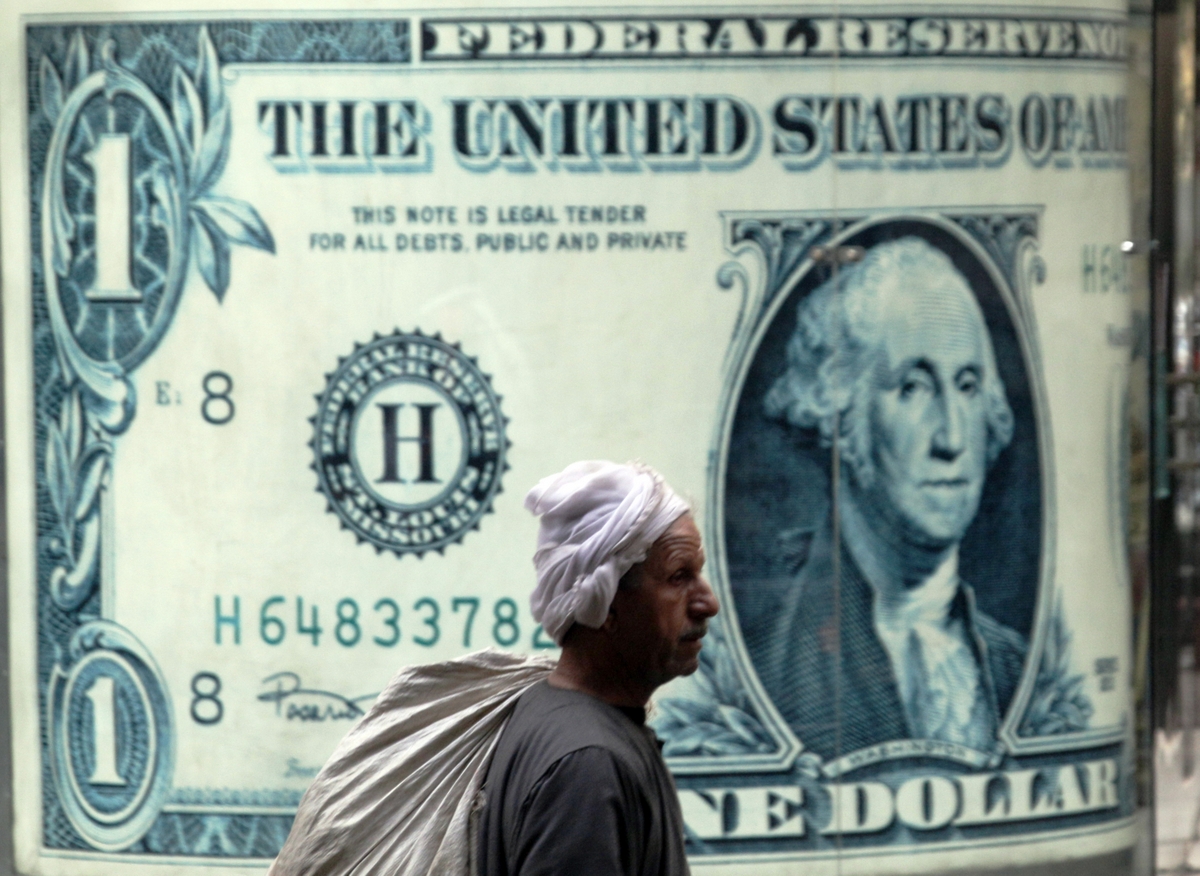The size of Egypt’s foreign debt increased by $19.522bn in 2016, recording $67.322bn by the end of December 2016, compared to $47.8bn by the end of December 2015, according to the Central Bank of Egypt (CBE).
The CBE said in a recent report that the foreign debt amounted to 37.6% of Egypt’s gross domestic product (GDP) in December 2016, compared to 13.6% in December 2015.
The government has expanded its obtainment of direct foreign loans from several countries and international financing institutions, as well as its issuance of bonds in international stock markets during 2016 to bridge the gap in the general state budget.
On 10 November 2016, the Ministry of Finance issued bonds worth $4bn on the London Stock Exchange, with yields ranging between 4.62% and 7%, and maturity dates from 10 December 2017 until 10 November 2028.
Egypt has also received a $2.75bn loan from the International Monetary Fund (IMF), $1bn from the World Bank, $500m from the African Development Bank, $1bn from the United Arab Emirates, and $2bn from Saudi Arabia.
According to the CBE, Egypt’s debts to Paris Club fell to $3.423bn by the end of December 2016.
The CBE pays about $1.5bn annually to Paris Club in two instalments—in January and July of every year.
Last week, Daily News Egypt asked the Governor of the CBE, Tarek Amer, whether the CBE can pay its owed foreign debt—worth about $13bn—in the fiscal year 2017/2018. He said, “yes, we are no doubt ready for that.”
Amer seemed confident in the state’s ability to repay its foreign debt, pointing out that the CBE expects cash flows in foreign currency in the coming period, in addition to the current, strong reserve of foreign exchange, which would help Egypt to repay its dues on time.
The CBE will announce this week its reserves of foreign exchange for March 2017.
The CBE’s reserve of foreign exchange amounted to $26.5bn at the end of February 2016, according to Amer. This amount of reserve is very good and will be sufficient for repaying the CBE’s dues, whether the bank received more foreign exchange or not.
According to the CBE, the net foreign investment increased by 29% in the fourth quarter of 2016 to reach $2.415bn at the end of December 2016, compared to $1.872bn at the end of September 2016.
The foreign exchange flowing into the Egyptian market reached $3.981bn in the fourth quarter of 2016, while the outflows recorded $1.566bn.
The CBE announced that foreign investments in treasury bills increased to about EGP 10.157bn in December 2016, compared to EGP 7.797bn in November 2016, while they jumped to about EGP 21.686bn by the end of January 2017.
Foreign investors were the fourth largest investors in the Egyptian treasury bills before January 2011, recording about EGP 56bn in December 2010. These investments fell to less than EGP 200m before they increased again after the liberation of the local exchange rate on 3 November 2016.
Meanwhile, the CBE revealed that local public debt increased to EGP 3.052tn by the end of December 2016, with the net local debt also increasing to EGP 2.596tn. The debts of public economic authorities increased to EGP 216.3bn, and the National Investment Bank’s debts increased to EGP 321.2bn.
The local public debt has increased to 94.1% of the GDP, estimated at EGP 3.245tn at the end of 2016.



